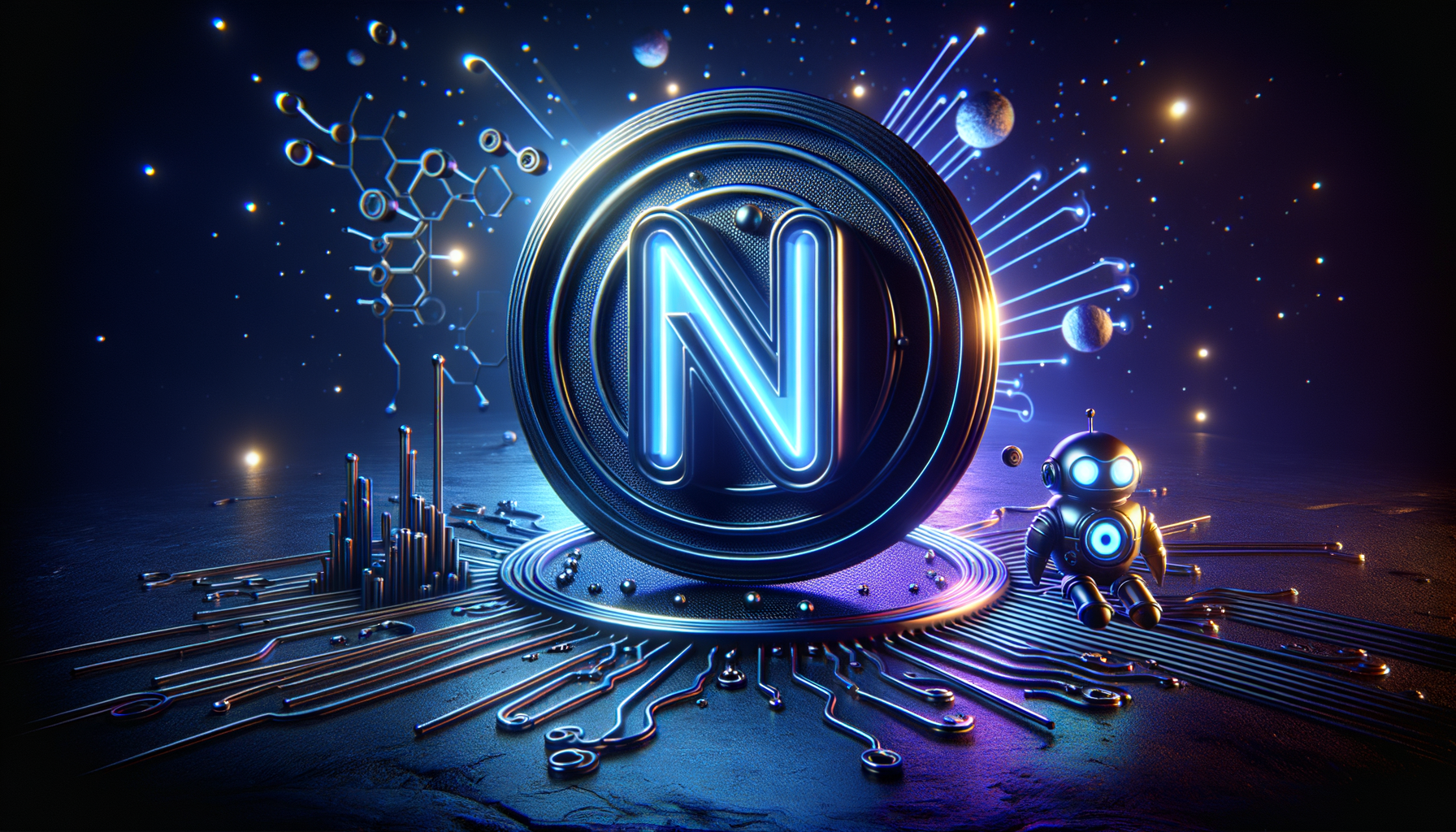Base Network's $10B TVL Surge: A Deep Dive into Ethereum Layer 2 Scaling
Base network, an Ethereum L2, hits $10B TVL, fastest-growing with OP Stack. How does it work? Dive into the tech behind the surge and what's next for Base. Read more!

Base Network's $10B TVL Surge: A Deep Dive into Ethereum Layer 2 Scaling
The Base network, an Ethereum Layer 2 solution built on the OP Stack, has surpassed a significant milestone with its total value locked (TVL) reaching over $10 billion. This achievement, as reported by DefiLlama, marks Base as the fastest-growing L2 solution, attracting developers and users alike due to its unique features and performance.
Technical Breakdown: How Base Works
Base leverages the OP Stack, an open-source development framework for building Layer 2 solutions on Ethereum. The core of Base's architecture is the Optimistic Rollup technology, which batches multiple transactions off-chain and submits them to the Ethereum mainnet as a single transaction. This approach significantly reduces gas fees and increases throughput.
Key components of Base's architecture include:
- Sequencer: The entity responsible for ordering transactions and creating batches. Base's sequencer is operated by Coinbase, ensuring high performance and reliability.
- Proposer: Submits the batch of transactions to the Ethereum mainnet. This role can be decentralized over time, enhancing security.
- Challenger: Monitors the network for fraud and can challenge incorrect state transitions. This is crucial for maintaining the integrity of the system.
Under the hood, Base uses EVM (Ethereum Virtual Machine) compatibility, allowing developers to deploy existing Ethereum smart contracts with minimal modifications. This compatibility is achieved through the OP Stack's ability to replicate the EVM environment, ensuring that contracts behave identically on Base as they would on Ethereum.
Data & Analysis: Metrics and Performance
According to DefiLlama, Base's TVL has grown from $1 billion to over $10 billion in just six months, a testament to its rapid adoption. The network processes an average of 500,000 transactions per day, with peak days reaching over 1 million transactions. This performance is supported by average gas fees of around 0.001 ETH, a stark contrast to Ethereum's mainnet fees, which can exceed 0.01 ETH during peak times.
Base's transaction finality time is approximately 15 minutes, compared to Ethereum's 12-15 seconds. While this may seem slower, it's a trade-off for significantly lower costs and higher throughput. The network's uptime has been nearly perfect, with less than 0.1% downtime in the past year, showcasing its reliability.
Ecosystem Impact: Developers, Users, and Competitors
For developers, Base offers a compelling platform due to its EVM compatibility and low fees. This combination allows for seamless migration of existing projects and the development of new applications without the high costs associated with Ethereum mainnet. The Base developer documentation provides comprehensive guides and tools, making it easier for developers to get started.
Users benefit from Base's integration with Coinbase, which provides fiat on-ramps and user authentication, enhancing the user experience and accessibility. This integration has led to a surge in consumer applications built on Base, with platforms like Farcaster and friend.tech leading the charge.
Competitors such as Arbitrum and Optimism, also built on the OP Stack, face increased pressure as Base's rapid growth demonstrates the potential of well-executed L2 solutions. Base's focus on consumer applications and its backing by Coinbase give it a unique edge in the market.
Looking Forward: Implications and What to Watch
The $10 billion TVL milestone is a clear indicator of Base's success, but the journey is far from over. As the network continues to scale, key areas to watch include:
- Decentralization of the sequencer and proposer roles: This will enhance security and reduce reliance on Coinbase.
- Integration with more DeFi protocols: Expanding the range of financial applications available on Base.
- Further optimization of transaction finality times: Balancing speed with cost and security.
Experts believe that Base's continued growth could lead to a significant shift in how developers and users interact with Ethereum, potentially setting new standards for Layer 2 solutions. As the ecosystem evolves, Base's role in the broader Ethereum scaling narrative will be crucial to monitor.





